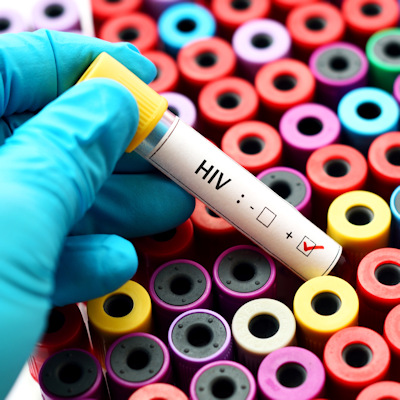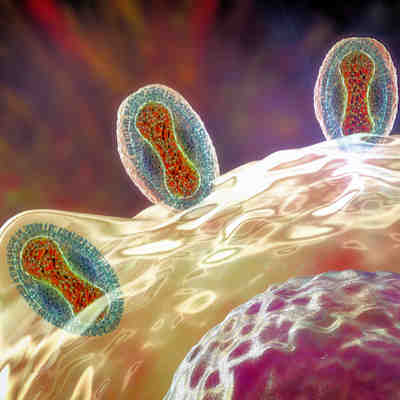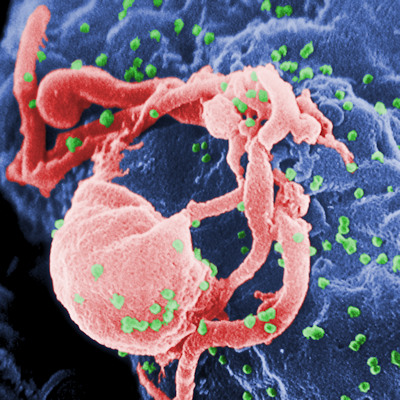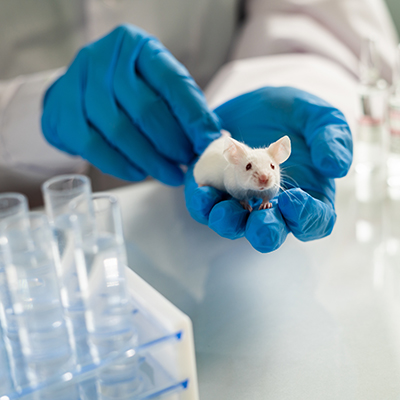May 25, 2023 -- Scientists are seeking a cure for HIV via stem cell transplants on monkeys. Their research, published Thursday in the journal Immunity, describes the process by which two of four non-human primates were cured of HIV following stem cell transplantation.
HIV (human immunodeficiency virus), a virus that attacks the immune system, can lead to AIDS (acquired immunodeficiency syndrome) if left untreated. The first case of HIV being cured through a stem cell transplant occurred in 2009 when a Berlin man with HIV received stem cells from a donor with a mutated CCR5 gene, which normally codes for a receptor on white blood cell surfaces that HIV uses to infect new cells. The CCR5 mutation makes it difficult for the virus to infect cells, making this patient HIV resistant. Four more people have since been similarly cured.
This study was conducted on eight Mauritian cynomolgus macaques. All eight of the study's monkeys were infected with HIV. Four underwent a transplant with HIV-negative donor stem cells; the other four did not have transplants.
Two of the four monkeys that received transplants died, and two were cured of HIV after being treated for the graft-versus-host disease commonly associated with stem cell transplants. Both monkeys remain HIV-free today, four years after transplantation, reportedly the first time HIV-cured research animals have survived long term.
The scientists found that the animals overcame HIV in two ways. First, the transplanted donor stem cells helped kill the recipients' HIV-infected cells by recognizing them as foreign invaders and attacking them. Second, in the two animals that died, subsequent experiments verified that HIV infected the transplanted donor cells while they were attacking the HIV. The researchers determined that stopping HIV from using the CCR5 receptor to infect donor cells is necessary for a cure to occur.
The researchers also discovered that HIV was cleared from the animals' bodies in a series of steps, beginning with the blood circulating in the monkeys' arms and legs. Next, HIV became undetectable in lymph nodes in the limbs, followed by lymph nodes in the abdomen.
The serial process of HIV clearance could help physicians evaluate potential cures and may help explain why HIV later returned in some stem cell transplant patients who initially appeared to be cured. The researchers hypothesize that those patients may have had a small reservoir of HIV in their abdominal lymph nodes that enabled the virus to persist and re-spread. They continue to study the two surviving animals, seeking to identify the specific immune cells involved.
"Five patients have already demonstrated that HIV can be cured," lead researcher Jonah Sacha, Oregon Health & Science University professor, said in a statement. "We hope our discoveries will help to make this cure work for anyone -- ideally through a single injection instead of a stem cell transplant. This study is helping us home in on the mechanisms involved in making that cure happen."
Copyright © 2023 scienceboard.net











